Georgia Republican Representative Marjorie Taylor Greene was criticized after attacking her colleague, New Mexico Democrat Melanie Stansbury, by warning her about "threats" against President Donald Trump.
Greene's confrontation with Stansbury came amid criticisms of a recent White House post declaring "LONG LIVE THE KING" after the Trump administration struck down a congestion pricing initiative in New York.
Stansbury, noting that Americans rejected a "king" 250 years ago, said:
"I know Donald Trump thinks he's a king because he keeps repeating it but let me say this to you, Mr. Trump: 250 years ago, the people of this nation rejected a reckless and abusive king and we won't go back."
"And for the thousands of federal workers out there, the aid workers, the advocates, and the people around the world who are impacted by these reckless and heartless and harmful and disgusting cuts that are impacting people across the world, know that we see you, that we stand with you, we are fighting for you, we are in the courts, we are in Congress, we are in our communities, and we will hold this administration accountable."
"We will not abandon our allies or our humanity. So I say to all of you: 'Be strong. We will fight back.'"
Greene said:
"I now recognize myself for closing remarks and threats against the president of the United States will not be tolerated by anyone."
You can watch what happened in the video below.
Greene was swiftly called out for dismissing Stansbury's concerns.
Stansbury's criticisms came after Trump issued an executive order expanding the president’s authority over independent regulatory agencies, bodies established by Congress to operate with a degree of independence from White House influence.
Notable examples of these agencies include the Consumer Product Safety Commission, responsible for safety warnings and product recalls; the Securities and Exchange Commission, which regulates financial markets; and the Federal Deposit Insurance Corporation, which protects bank deposits.
The order directs the affected agencies to send any new regulations to the White House, establish White House Liaison offices, and “regularly consult with and coordinate policies and priorities” with the White House.
By asserting this new authority over these agencies, the order also grants the president and attorney general exclusive power to interpret laws for the executive branch. This move marks yet another example of Trump’s efforts to significantly broaden executive power.

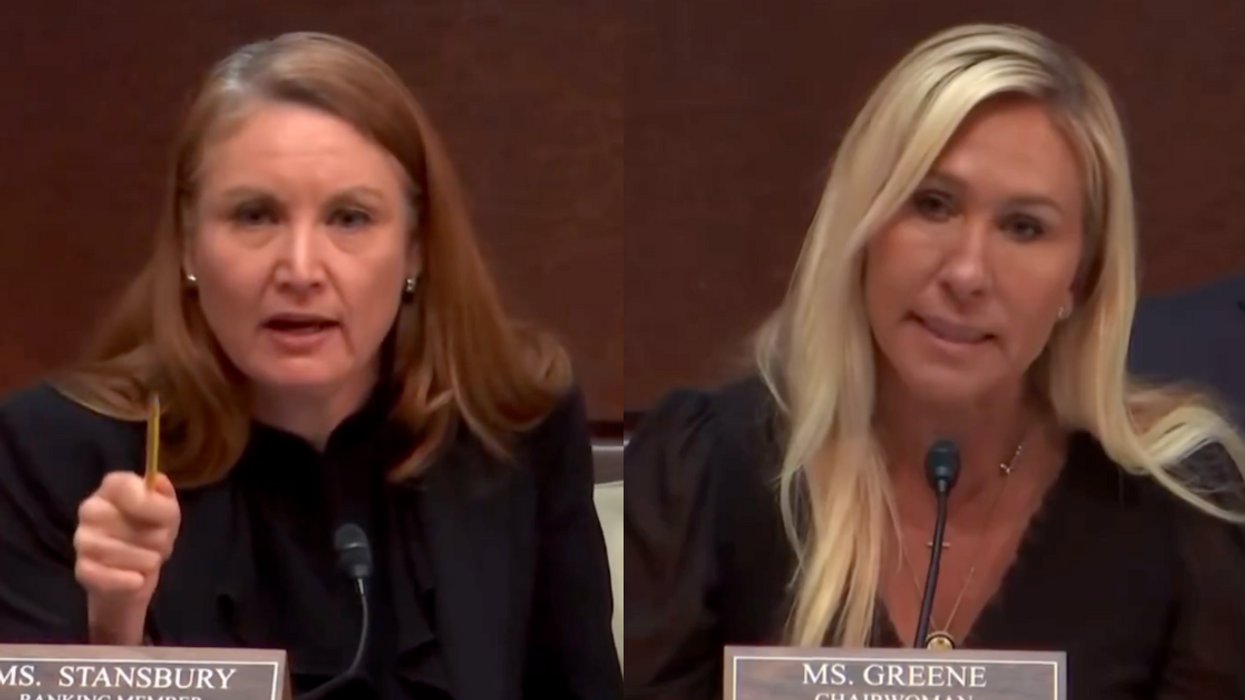

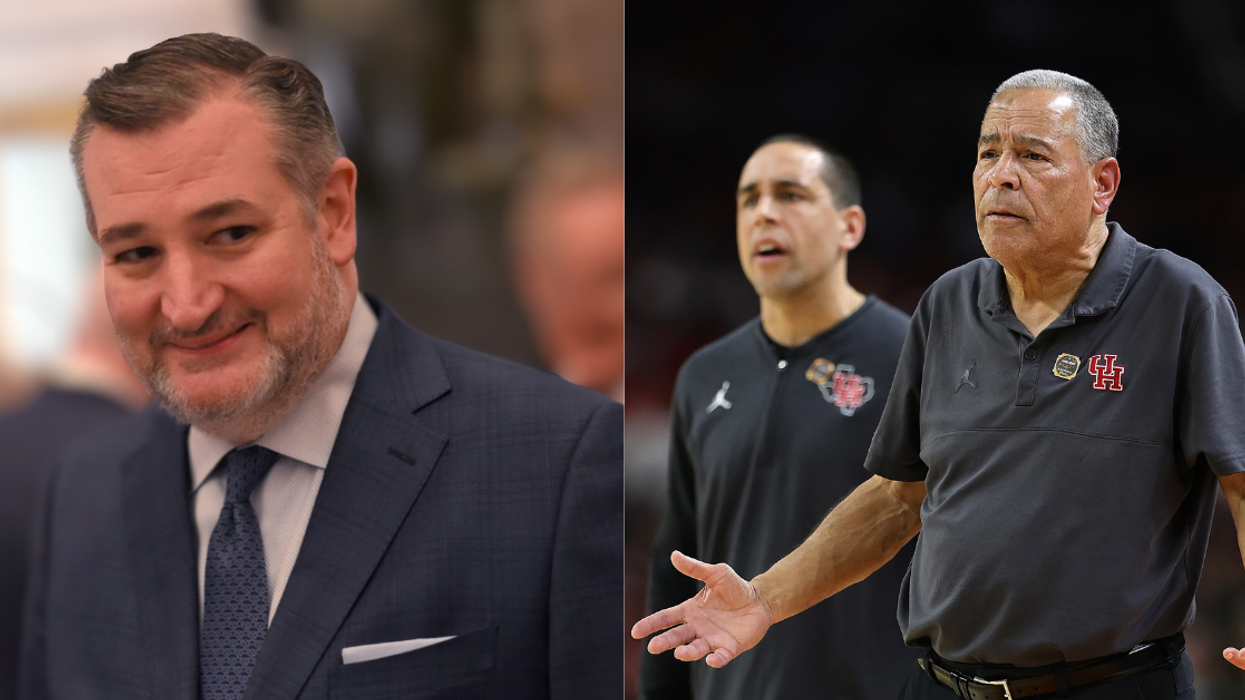
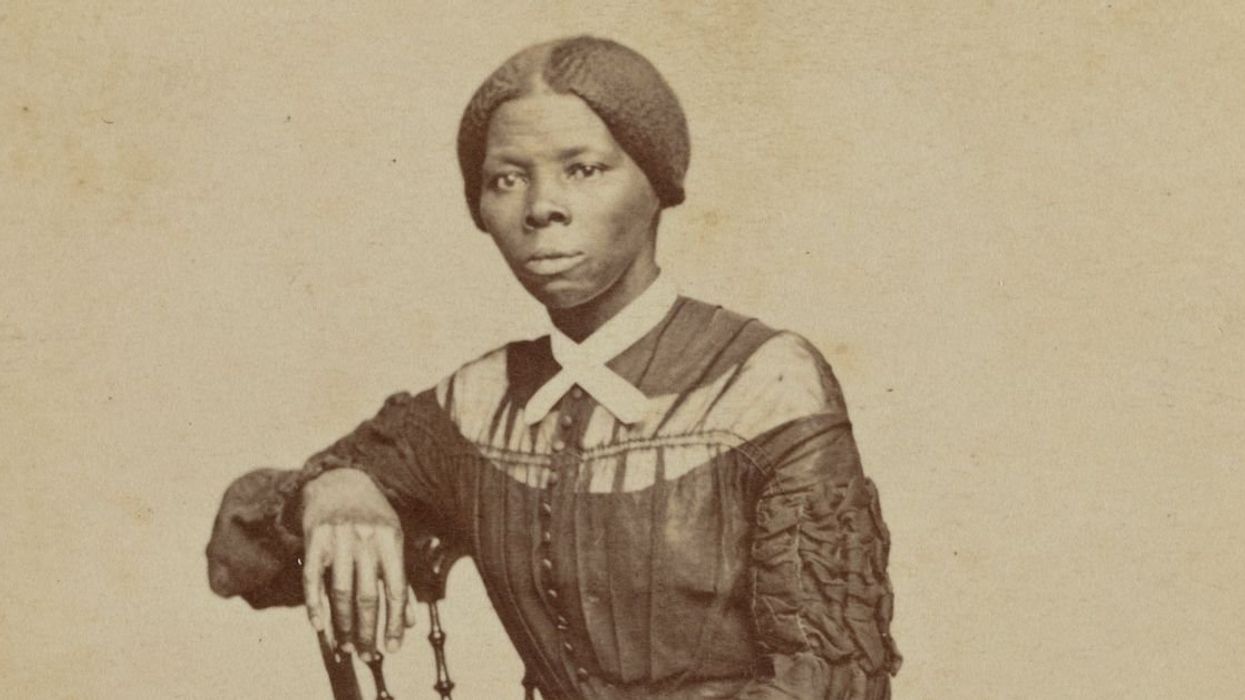
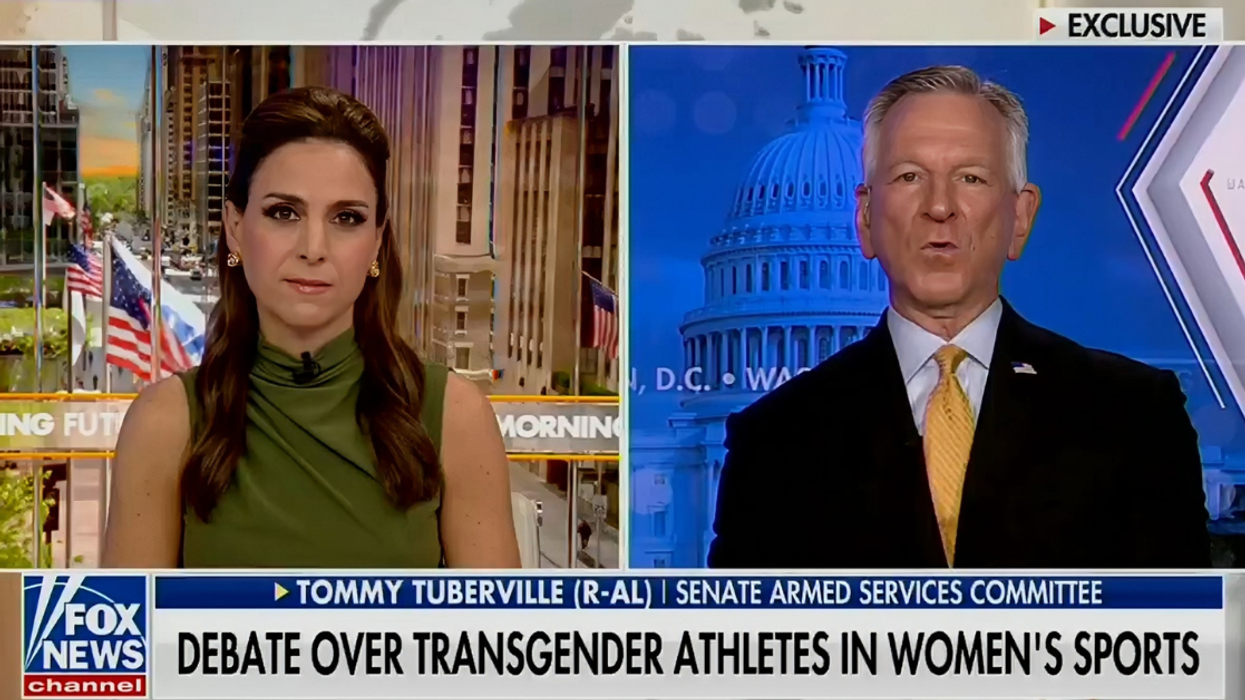


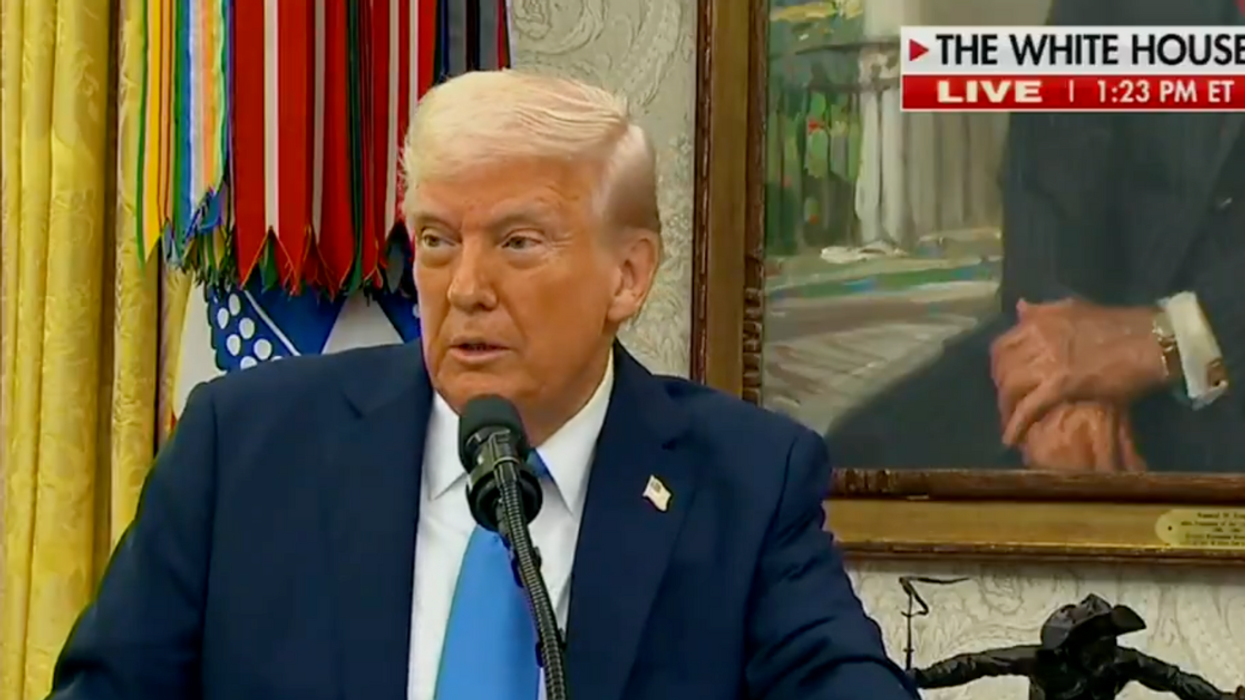





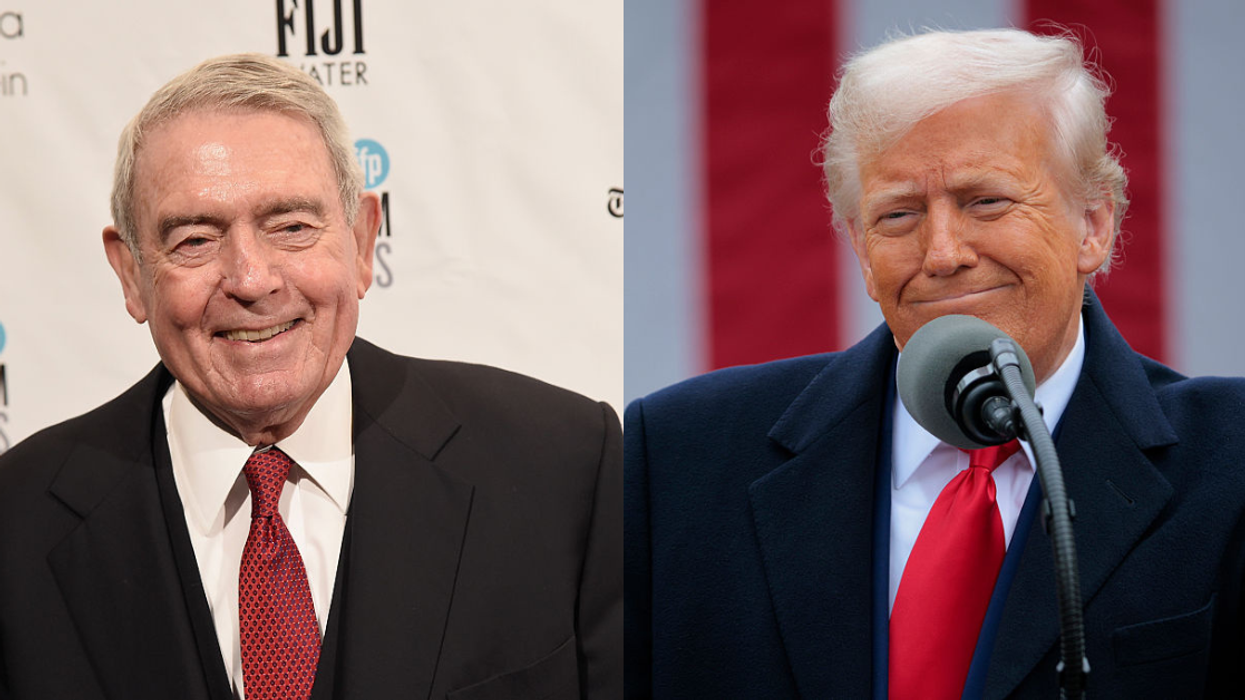


 @theviplist/TikTok
@theviplist/TikTok @theviplist/TikTok
@theviplist/TikTok @theviplist/TikTok
@theviplist/TikTok @theviplist/TikTok
@theviplist/TikTok @padmalakshmi/TikTok
@padmalakshmi/TikTok @padmalakshmi/TikTok
@padmalakshmi/TikTok @padmalakshmi/TikTok
@padmalakshmi/TikTok @padmalakshmi/TikTok
@padmalakshmi/TikTok @padmalakshmi/TikTok
@padmalakshmi/TikTok @padmalakshmi/TikTok
@padmalakshmi/TikTok